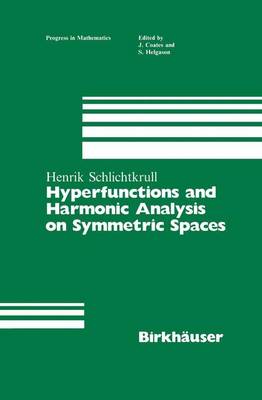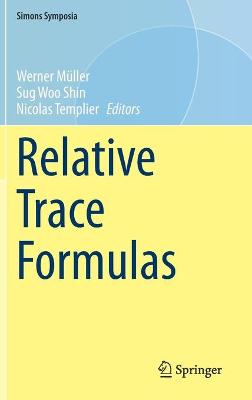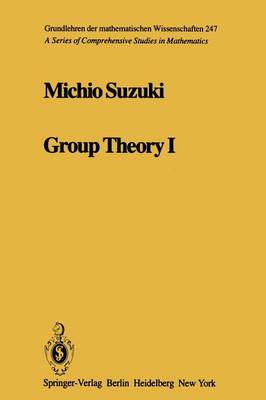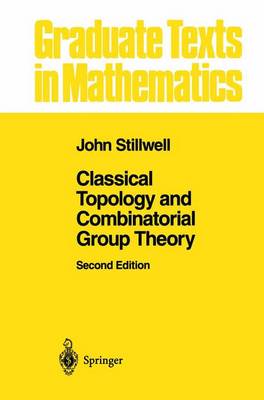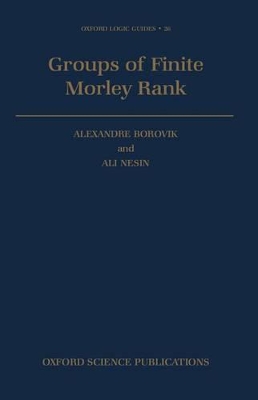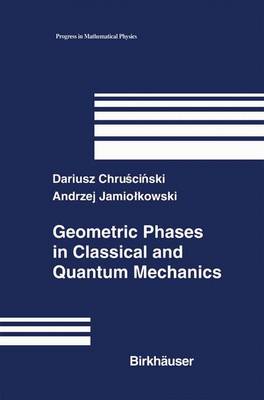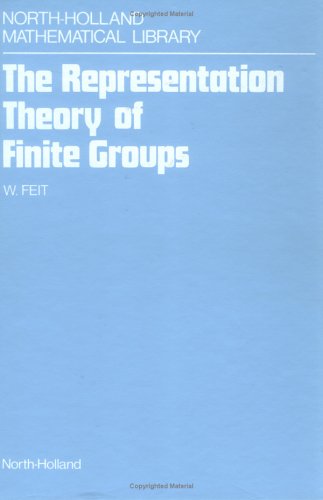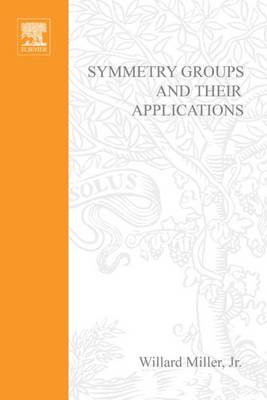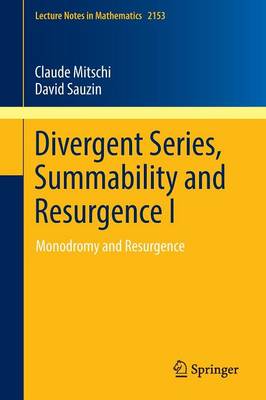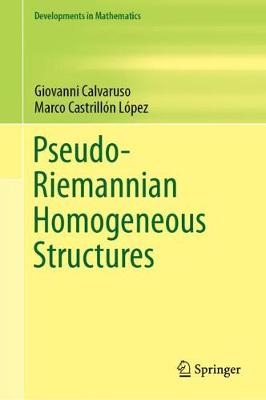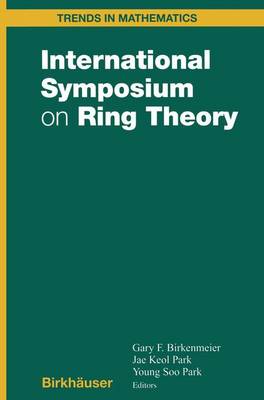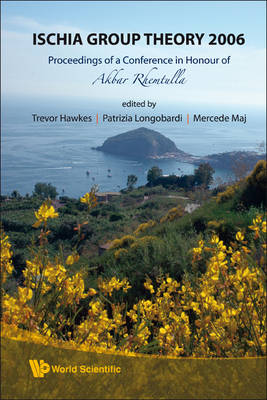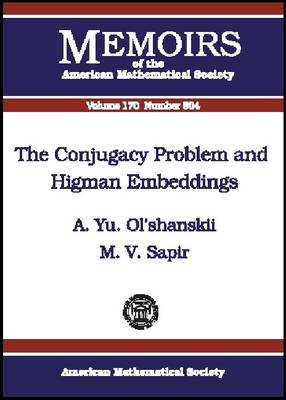Modular Representations of Finite Groups. Pure and Applied Mathematics
by B M Puttaswamaiah and John D. Dixon
Hyperfunctions and Harmonic Analysis on Symmetric Spaces (Progress in Mathematics, #49)
by Henrik Schlichtkrull
This book gives an introductory exposition of the theory of hyperfunctions and regular singularities. This first English introduction to hyperfunctions brings readers to the forefront of research in the theory of harmonic analysis on symmetric spaces. A substantial bibliography is also included. This volume is based on a paper which was awarded the 1983 University of Copenhagen Gold Medal Prize.
Relative Trace Formulas (Simons Symposia)
A series of three symposia took place on the topic of trace formulas, each with an accompanying proceedings volume. The present volume is the third and final in this series and focuses on relative trace formulas in relation to special values of L-functions, integral representations, arithmetic cycles, theta correspondence and branching laws. The first volume focused on Arthur's trace formula, and the second volume focused on methods from algebraic geometry and representation theory. The three pr...
Important results on the Hilbert modular group and Hilbert modular forms are introduced and described in this book. In recent times, this branch of number theory has been given more and more attention and thus the need for a comprehensive presentation of these results, previously scattered in research journal papers, has become obvious. The main aim of this book is to give a description of the singular cohomology and its Hodge decomposition including explicit formulae. The author has succeeded i...
This is a well-balanced introduction to topology that stresses geometric aspects. Focusing on historical background and visual interpretation of results, it emphasizes spaces with few dimensions, where visualization is possible, and interaction with combinatorial group theory via the fundamental group. It also present algorithms for topological problems. Most of the results and proofs are known, but some have been simplified or placed in a new perspective. Over 300 illustrations, many interestin...
On Normalized Integral Table Algebras (Fusion Rings): Generated by a Faithful Non-Real Element of Degree 3
Introduction to Pure Mathematics (Course M203)
Groups of Finite Morley Rank (Oxford Logic Guides, #26)
by Alexandre Borovik and Ali Nesin
The book is devoted to the theory of groups of finite Morley rank. These groups arise in model theory and generalize the concept of algebraic groups over algebraically closed fields. The book contains almost all the known results in the subject. Trying to attract pure group theorists in the subject and to prepare the graduate student to start the research in the area, the authors adopted an algebraic and self evident point of view rather than a model theoretic one, and developed the theory fr...
Geometric Phases in Classical and Quantum Mechanics (Progress in Mathematical Physics, #36)
by Dariusz Chruscinski and Andrzej Jamiolkowski
Several well-established geometric and topological methods are used in this work in an application to a beautiful physical phenomenon known as the geometric phase. This book examines the geometric phase, bringing together different physical phenomena under a unified mathematical scheme. The material is presented so that graduate students and researchers in applied mathematics and physics with an understanding of classical and quantum mechanics can handle the text.
The Representation Theory of Finite Groups (North-Holland Mathematical Library)
by Walter Feit
Symmetry Groups and Their Applications (Pure and Applied Mathematics, #50) (Pure & Applied Mathematics S.)
Divergent Series, Summability and Resurgence I (Lecture Notes in Mathematics, #2153)
by Claude Mitschi and David Sauzin
Providing an elementary introduction to analytic continuation and monodromy, the first part of this volume applies these notions to the local and global study of complex linear differential equations, their formal solutions at singular points, their monodromy and their differential Galois groups. The Riemann-Hilbert problem is discussed from Bolibrukh's point of view. The second part expounds 1-summability and Ecalle's theory of resurgence under fairly general conditions. It contains numerous...
Pseudo-Riemannian Homogeneous Structures (Developments in Mathematics, #59)
by Giovanni Calvaruso and Marco Castrillon Lopez
This book provides an up-to-date presentation of homogeneous pseudo-Riemannian structures, an essential tool in the study of pseudo-Riemannian homogeneous spaces. Benefiting from large symmetry groups, these spaces are of high interest in Geometry and Theoretical Physics. Since the seminal book by Tricerri and Vanhecke, the theory of homogeneous structures has been considerably developed and many applications have been found. The present work covers a gap in the literature of more than 35 years...
A Course in Formal Languages, Automata and Groups (Universitext)
by Ian Chiswell
Progress in Galois Theory (Developments in Mathematics, #12)
The legacy of Galois was the beginning of Galois theory as well as group theory. From this common origin, the development of group theory took its own course, which led to great advances in the latter half of the 20th cen tury. It was John Thompson who shaped finite group theory like no-one else, leading the way towards a major milestone of 20th century mathematics, the classification of finite simple groups. After the classification was announced around 1980, it was again J. Thomp son who led...
International Symposium on Ring Theory (Trends in Mathematics)
This volume is the Proceedings of the Third Korea-China-Japan Inter national Symposium on Ring Theory held jointly with the Second Korea Japan Joint Ring Theory Seminar which took place at the historical resort area of Korea, Kyongju, June 28-July 3, 1999. It also includes articles by some invited mathematicians who were unable to attend the conference. Over 90 mathematicians from 12 countries attended this conference. The conference is held every 4 years on a rotating basis. The first con fe...
Marcel Riesz (1886-1969) was the younger of the famed pair of mathematicians and brothers. Although Hungarian he spent most of his professional life in Sweden. He worked on summability theory, analytic functions, the moment problem, harmonic and functional analysis, potential theory and the wave equation. The depth of his research and the clarity of his writing place his work on the same level as that of his brother Frederic Riesz. This edition of his Collected Papers contains most of Marcel Rie...
Ischia Group Theory 2006
by Akbar Rhemtulla, Trevor O. Hawkes, Patrizia Longobardi, and Mercede Maj
Lectures on Representations of Surface Groups (Zurich Lectures in Advanced Mathematics)
by Francois Labourie
Rigidity in Higher Rank Abelian Group Actions, Volume I
by Anatole Katok and Viorel Nitica
The Conjugacy Problem and Higman Embeddings (Memoirs of the American Mathematical Society)
For every finitely generated recursively presented group $\mathcal G$ we construct a finitely presented group $\mathcal H$ containing $\mathcal G$ such that $\mathcal G$ is (Frattini) embedded into $\mathcal H$ and the group $\mathcal H$ has solvable conjugacy problem if and only if $\mathcal G$ has solvable conjugacy problem. Moreover $\mathcal G$ and $\mathcal H$ have the same r.e. Turing degrees of the conjugacy problem. This solves a problem by D. Collins.

